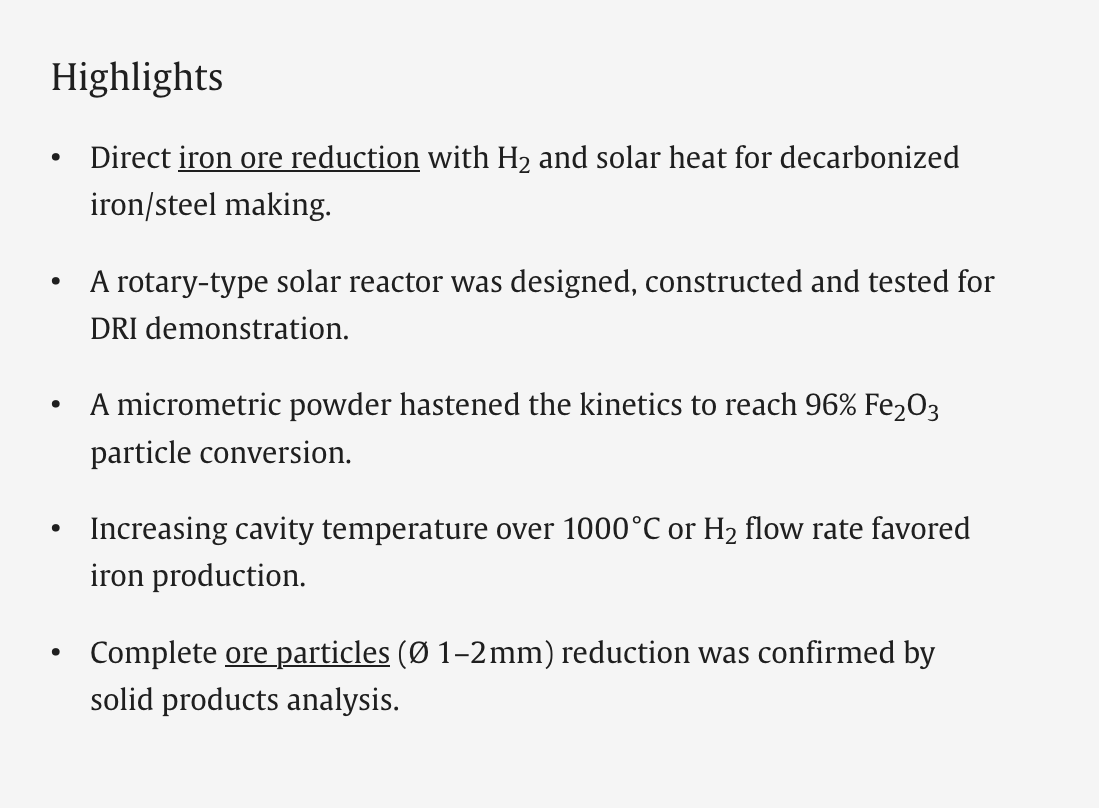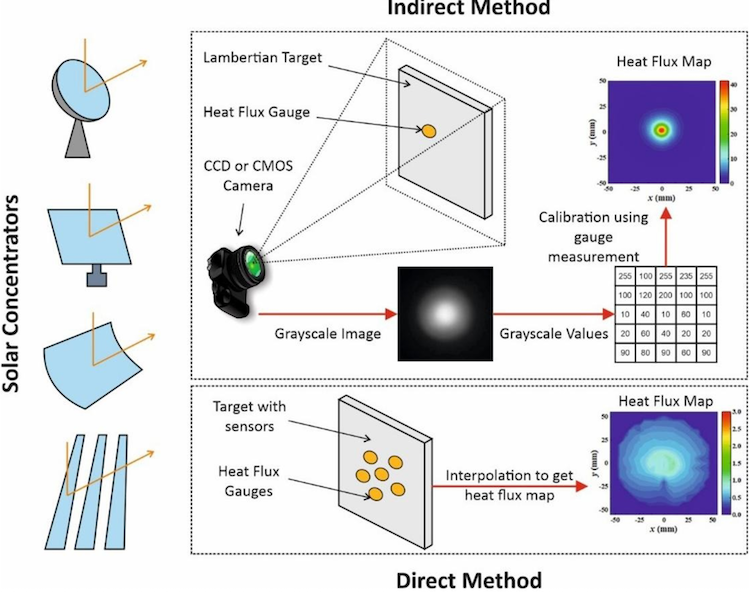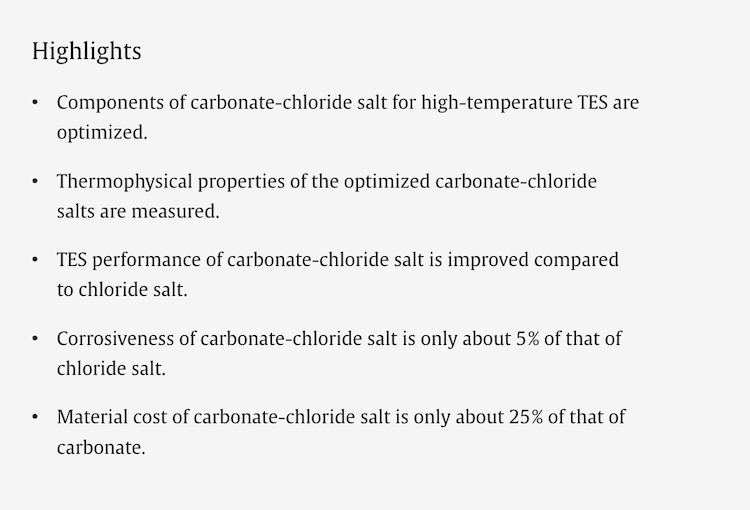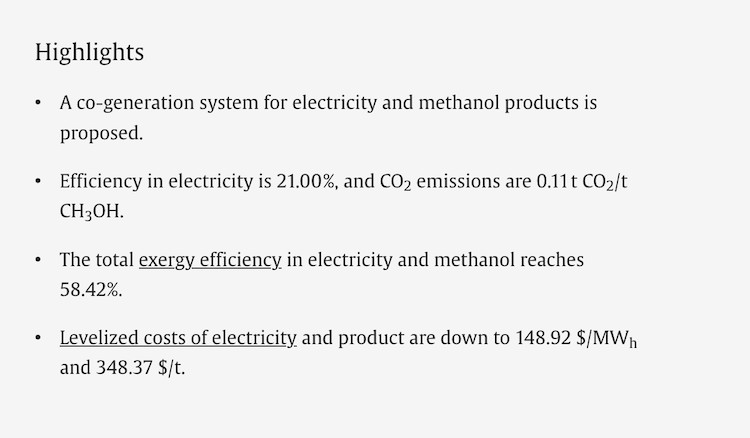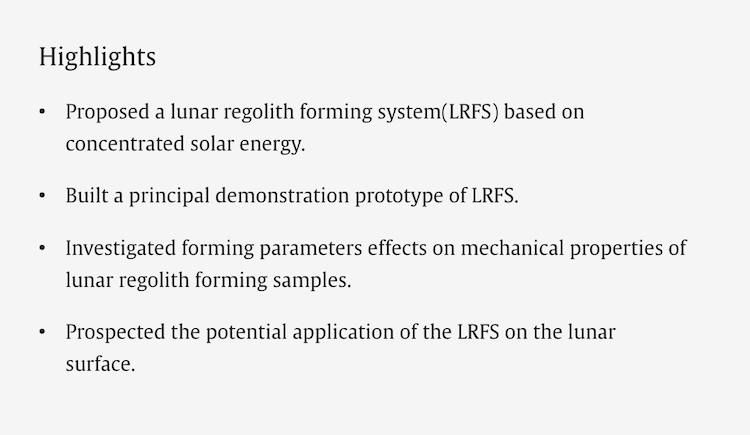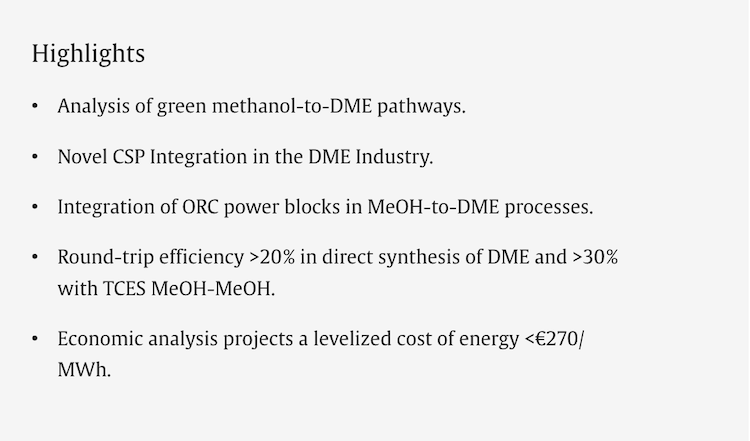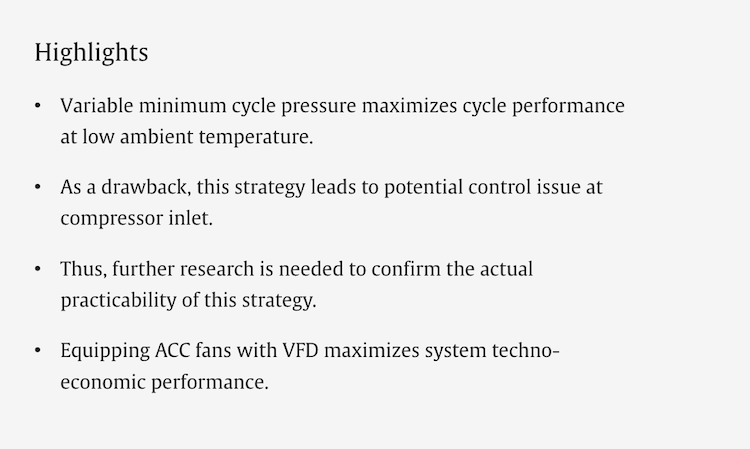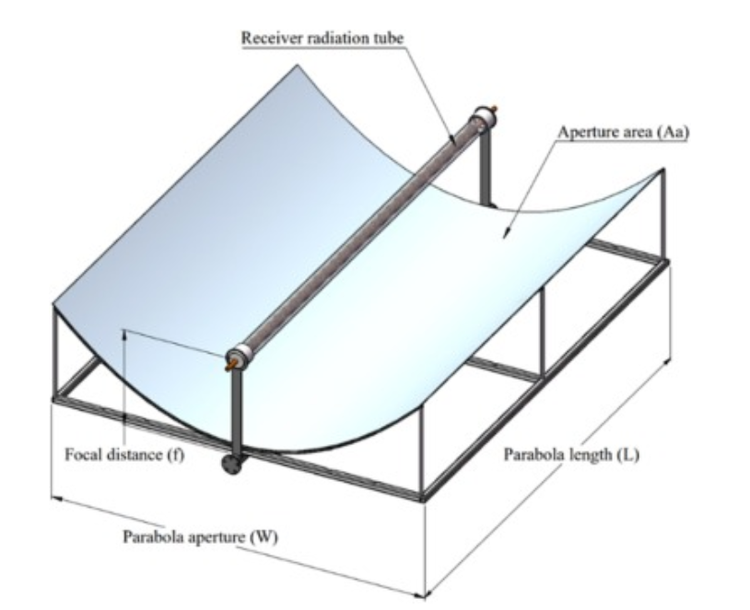Abstract: This study addresses the direct reduction of iron ore with hydrogen and solar energy as the process heat source for clean iron/steel making and decarbonation of the metallurgical process. A novel rotary-type solar reactor was designed, constructed and tested for demonstration of hydrogen-based direct iron ore reduction under real direct solar irradiation. Such a …
Published at Renewable and Sustainable Energy Reviews – Realizing the promise of concentrating solar power for thermal desalination: A review of technology configurations and optimizations
Abstract: The global freshwater crisis poses an existential threat to sustainable development worldwide. Desalination has emerged as a critical solution, but conventional fossil-fuel plants are energy-intensive and emit substantial greenhouse gases. Concentrating solar power (CSP) offers a promising renewable pathway to drive thermal desalination processes. However, CSP-desalination integration requires thoughtful system configuration design to maximize …
Published at Solar Energy – Advancements, challenges, and opportunities in the measurement of high heat flux for concentrated solar thermal systems
Abstract: Concentrated solar thermal (CST) systems, capable of driving high-temperature processes up to 2000 K, hold significant potential for chemical and industrial applications. This paper reviews methods for measuring concentrated solar flux, focusing on their role in calculating key optical performance metrics such as concentration ratio and optical efficiency. It also explores the challenges associated …
Published at Energy – Study on high-temperature carbonate-chloride molten salt applied to supercritical CO2 concentrated solar power plant
Abstract: Mixed chloride salts and mixed carbonates are ideal thermal storage materials for future high-temperature concentrated solar power (CSP) plants. However, due to the strong corrosiveness and poor thermal capacity of chloride salts as well as high material costs of carbonates, these two types of molten salts are not suitable for large-scale thermal energy storage …
Published at Energy Conversion and Management – Co-generation of methanol and electricity using integrated concentrated solar power, calcium looping, and methane bi-reforming: Energy, exergy and economic analyses
Abstract: Concentrated solar power integrated with the calcium looping process enables dispatchable power generation. However, from an equipment perspective, various challenges such as high energy demand of CO2 compressors and the immaturity of solid–solid heat exchangers impede the application of such a system. In the present work, an integrated system incorporating concentrated solar power and …
Published at Acta Astronautica – Feasibility study and prospects analysis of lunar regolith forming based on concentrated solar energy
Abstract: The solidification and molding of lunar regolith are essential for constructing lunar habitats. This study introduces an innovative lunar regolith molding technique that synergistically combines solar concentration, flexible optical fiber bundle energy transfer, and powder bed fusion. A functional prototype is developed to validate the proposed scheme. Systematic experiments including fixed beam spot melting, …
Published at Chemical Engineering Journal – Methanol to dimethyl ether (DME) assessment toward thermochemical energy storage
Abstract The production of alternative renewable fuels is imperative for decarbonising hard-to-electrify sectors. Dimethyl ether (DME) is an aerosol propellant and a low-emission candidate for fossil fuel substitution. The main conventional DME production process is the indirect dehydration of methanol produced from fossil natural gas. This work analyses the direct use of green methanol for …
Published at Applied Thermal Engineering – Principles of operational optimization of CSP plants based on carbon dioxide mixtures
Abstract This research, developed in the framework of the SCARABEUS project, studies the off-design performance of transcritical power cycles running on C2-S2 mixtures in Concentrated Solar Power applications. The objective of this work is to identify optimum operational strategies that maximize net energy production when exposed to variable ambient temperature, with special focus on the …
Published at Solar Energy – Design and performance study of the particle/supercritical CO2 fluidized bed heat exchanger system for next generation CSP plant
Abstract This paper proposes and builds the first megawatt thermal (MWth) class particle/supercritical carbon dioxide (sCO2) fluidized bed heat exchanger system for next generation concentrated solar power (CSP) plant. In this CSP plant, particles were chosen as the heat absorbing medium for solar collectors, and transfered heat to sCO2 through the heat exchanger, and then …
Published at Applied Thermal Engineering – Optimizing the configuration of external fins of solar receiver tubes for the solar parabolic trough collector
Abstract This paper aims to present a numerical study that aims to enhance the thermal efficiency of externally finned solar absorber tubes for use in the solar parabolic trough collector (SPTC). Compared to the internal finned tube, the external finned radiation absorber tube boasts an improved geometry and a simple and straightforward manufacturing process. This …


